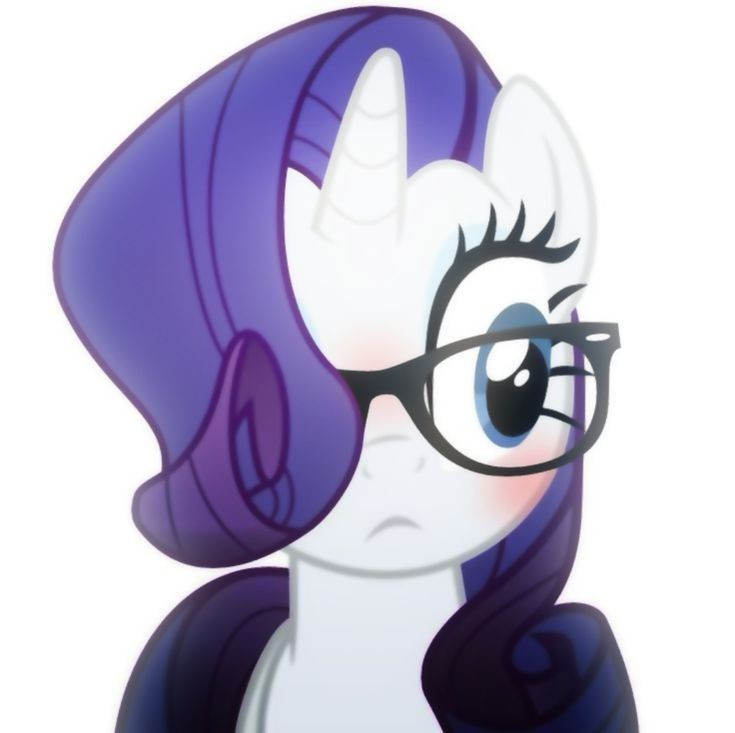Bolsheviks/civil war
Subdecks (1)
Cards (43)
- What method did the Bolsheviks use to consolidate power after the October Revolution?
- How did class warfare contribute to the Bolsheviks' consolidation of power?
- What was the Red Terror?
- How many people were sent to the GULAGs during the Red Terror?
- What was the role of the Cheka?
- What action did Lenin take to eliminate opposition to the Bolsheviks?
- What was the first step taken by the Bolsheviks to consolidate power?
- What measures did the Bolsheviks take against the press?
- What happened to party leaders who opposed the Bolsheviks?
- What was the Sovnarkom?
- Who makes key decisions in the Bolshevik government?
- What does "rule by decree" imply in the context of Bolshevik governance?
- What happened to universities under Bolshevik rule?
- How did the Treaty affect Russia's populace economically and socially?
- What could worsen the already poor conditions in Russia after the Treaty?
- What previous event did the worsening conditions lead to?
- How could the worsening conditions lead to civil war?
- What type of land was given to Germany in the Treaty?
- What resources were Russia already lacking that were given to Germany?
- How much did Russia have to pay as part of the Treaty?
- How did patriotic Russians feel about the loss of land?
- What might be the long-term consequence of the Treaty on Russian society?
- What was the chief cause of the Civil War?
- How did the reforming decrees affect the nobility and middle class?
- Why was the Treaty of Brest Litovsk resented by patriotic Russians?
- Which countries were angered by the Treaty of Brest Litovsk?
- What was the impact of shutting down the Constituent Assembly?
- What was the effect of centralizing political control in Sovnarkom?
- How did the use of terror and censorship affect perceptions of the Bolsheviks?
- What did national minorities fear regarding the Bolsheviks?
